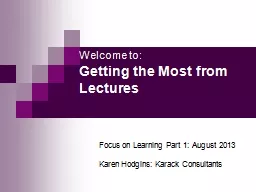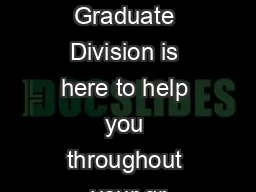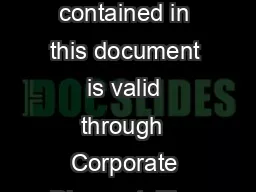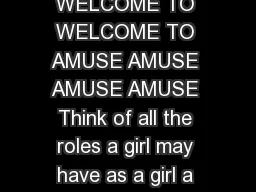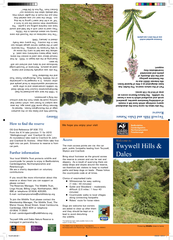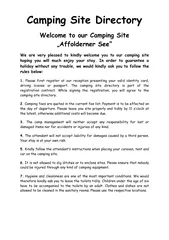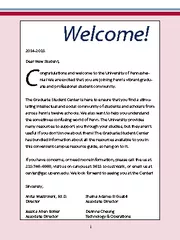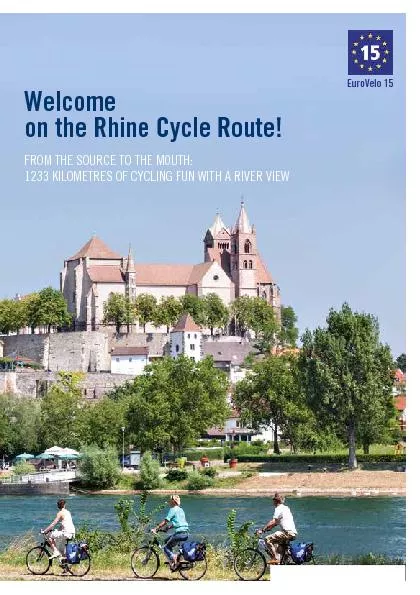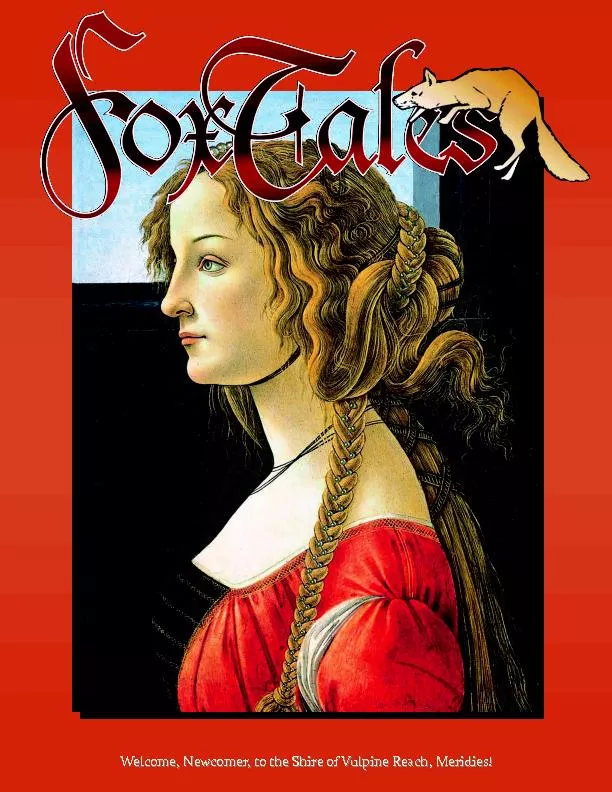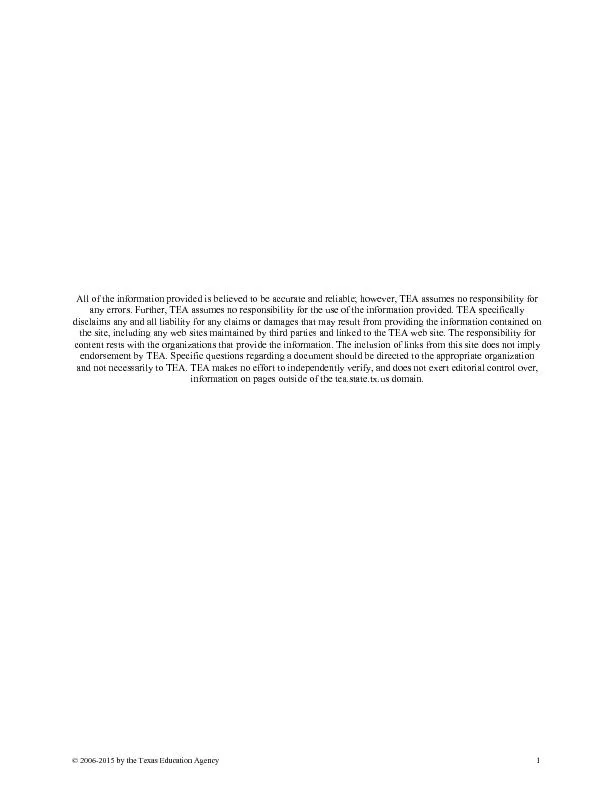PPT-Welcome to:
Author : jane-oiler | Published Date : 2016-05-22
Getting the Most from Lectures Focus on Learning Part 1 August 2013 Karen Hodgins Karack Consultants Our hope The reality check 20 pursue erotic thoughts 20 are
Presentation Embed Code
Download Presentation
Download Presentation The PPT/PDF document "Welcome to:" is the property of its rightful owner. Permission is granted to download and print the materials on this website for personal, non-commercial use only, and to display it on your personal computer provided you do not modify the materials and that you retain all copyright notices contained in the materials. By downloading content from our website, you accept the terms of this agreement.
Welcome to:: Transcript
Download Rules Of Document
"Welcome to:"The content belongs to its owner. You may download and print it for personal use, without modification, and keep all copyright notices. By downloading, you agree to these terms.
Related Documents

